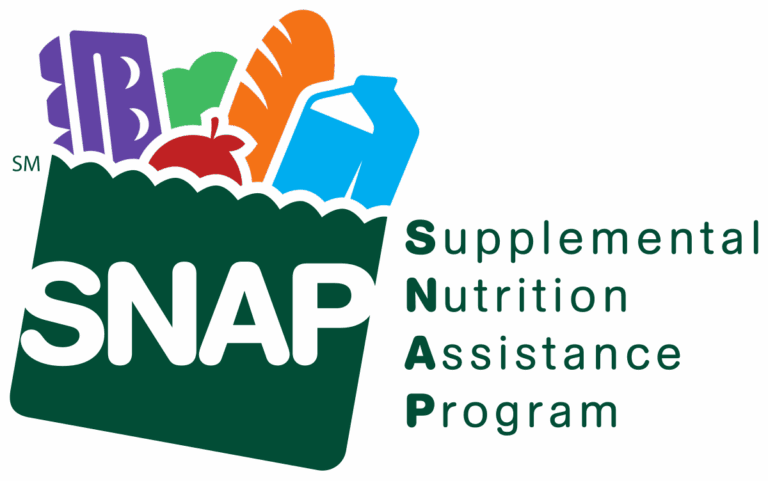In a diplomatic event of profound and rapid historical significance, Syrian President Ahmed al-Sharaa arrived in Washington late Saturday night, marking the first official visit by a Syrian head of state to the United States since 1946.
The visit, which culminates in a pivotal White House meeting with President Donald Trump on Monday, comes just one day after the U.S. formally removed Mr. al-Sharaa from its terrorism blacklist, a move that fully unlocks his transition from former rebel leader to globally recognized statesman.
The Unthinkable Turnaround
Mr. al-Sharaa, whose forces successfully ousted the long-ruling Assad regime less than a year ago, has been at the center of a stunning diplomatic U-turn by the United States and the United Nations.
- Sanctions Lifted: On Friday, the U.S. State Department formally revoked his designation as a “Specially Designated Global Terrorist.” This followed a U.S.-backed vote at the UN Security Council on Thursday to remove Mr. al-Sharaa and his Interior Minister from a long-standing UN terrorism sanctions list, removing the legal hurdles for his travel.
- Past and Present: Just months ago, the Syrian leader, who rose to prominence leading the powerful rebel group Hayat Tahrir al-Sham (HTS) before severing ties with extremist elements, was a sanctioned figure. Now, he is being embraced as the key partner for stability in a post-conflict Middle East.
- Building Rapport: The visit builds on initial contact between the two leaders, including a meeting in Riyadh in May, and a recent informal video shared on social media showed Mr. al-Sharaa engaging in a relaxed game of basketball with CENTCOM commander General Brad Cooper, highlighting the new, informal rapport between the new Syrian government and the American military.

High-Stakes Agenda: ISIS, Israel, and Reconstruction
The agenda for Monday’s meeting is packed with high-stakes items, signaling a dramatic realignment of U.S. policy in the region:
- Global Coalition Against ISIS: Mr. al-Sharaa is expected to sign an agreement to formally join the U.S.-led Global Coalition to Defeat ISIS, prioritizing the complete elimination of residual extremist elements within Syria.
- Israel Relations: Talks are anticipated to focus on efforts to broker a security agreement between Syria and Israel. While the U.S. has expressed interest in bringing Syria into the Abraham Accords, Damascus continues to insist on the full return of the Israeli-occupied Golan Heights.
- Reconstruction Funding: Syria is desperate for international support to fund reconstruction efforts after 14 years of devastating conflict. While the most stringent sanctions under the Caesar Act still require Congressional approval for permanent repeal, President Trump is expected to promise robust U.S.-led initiatives for stability and recovery.
The transition from a sanctioned figure to a White House guest in such a short period is a powerful, symbolic moment for a nation desperate for peace and the heavy burden of rebuilding from the ashes of war.









































